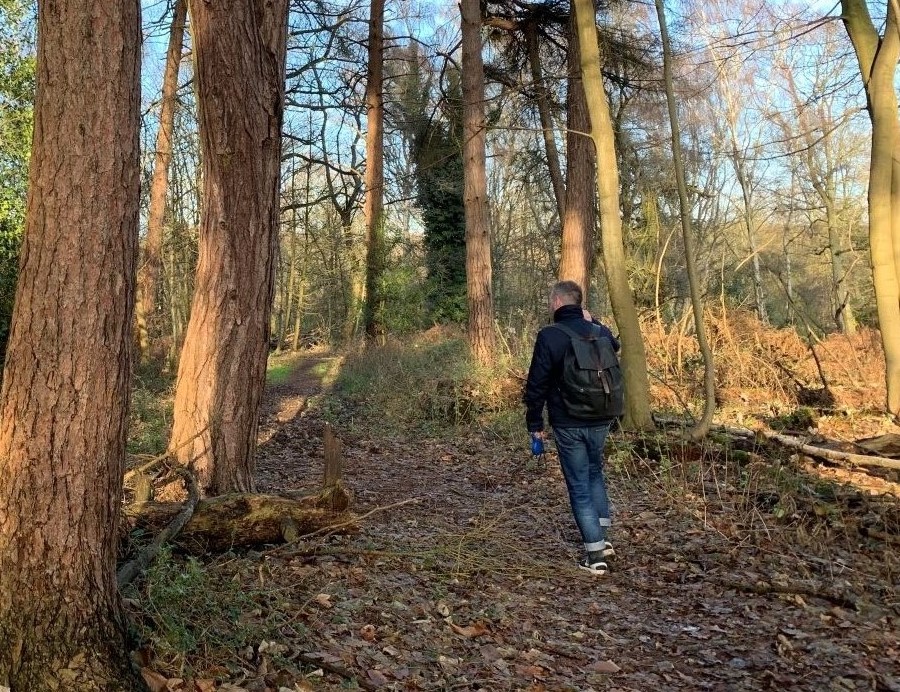It’s now been knocked down and replaced with new housing, but a decade ago I was captivated by the Sixteen String Jack, a pub as deserted as the Mary Celeste.
On a sleepy Friday afternoon this saloon bar in Theydon Bois was eerily empty. Through dirty windows I could just make out a handful of dusty stools and a dartboard. As I rattled the door, with its crooked ‘closed’ sign, a deluge of hailstones crashed from the sky, a warning that perhaps I should abandon my walk into Epping Forest.
Sheltering from the downpour in The Bull, an atmospheric boozer down the road, I learnt that the Sixteen String Jack was named after notorious highwayman Jack Rann. He was hanged at the age of 24 in 1774 after being tried and acquitted no less than six times for highway robbery.
Over a pint and a ploughman’s lunch I discovered that his nickname stemmed from a dapper appearance: sixteen silk strings were tied from his breeches to his knees, and he wore a satin waistcoat laced with silver. But the reason he was acquitted so many times? He always carried out his crimes dressed like a scruffbag.
There’s nothing like reading about a highwayman on the edge of Epping Forest to get you going, especially in a pub which, dating back to the 17th century, must have been a regular haunt for Jack and his mates. So I paid up and started my bucolic walk.
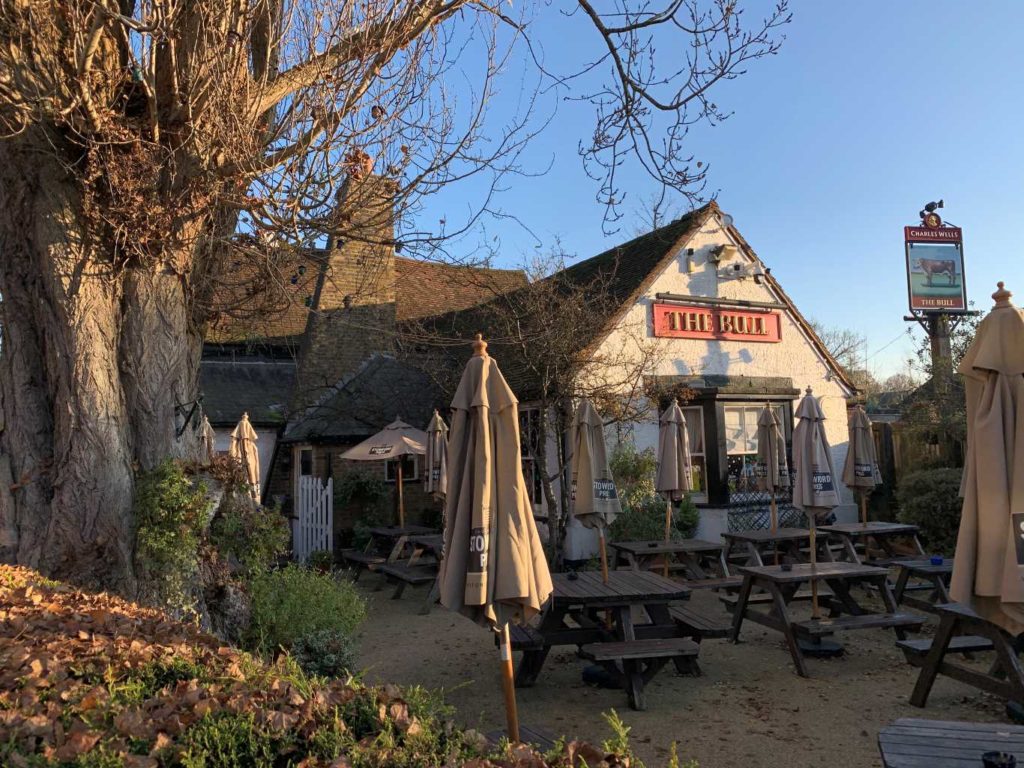
Fast forward ten years and my partner and I decide to re-trace the route again from Theydon Bois on a blue-sky morning. The Sixteen String Jack is of course long gone, but thankfully the forest remains the same. The public footpath, where we start, is crowded by bushes, and soon we’re merrily trampling leaves underfoot.
The path grows narrower uphill. We’re heading towards the Little Gregories, and its neighbouring Great Gregories Farm, which is named after the Gregory Gang, a bunch of 18th century bandits who operated from hideouts in Epping Forest. Dick Turpin fell in with them in 1730, and such was their notoriety that, in 1735, the London Evening Post regularly reported the exploits of Turpin and the Gang – with a reward of £50 for their capture.
Unsurprisingly, dapper rogues are few and far between today as we cross a golf course to Little Gregories Lane. What, we wonder, would the gang have made of golf’s rather tame pleasures (not to mention its sartorial crimes?) Soon we cross Piercing Hill, another reference to the area’s violent past, although the only scuffles today would probably be amongst rival families of rabbits.
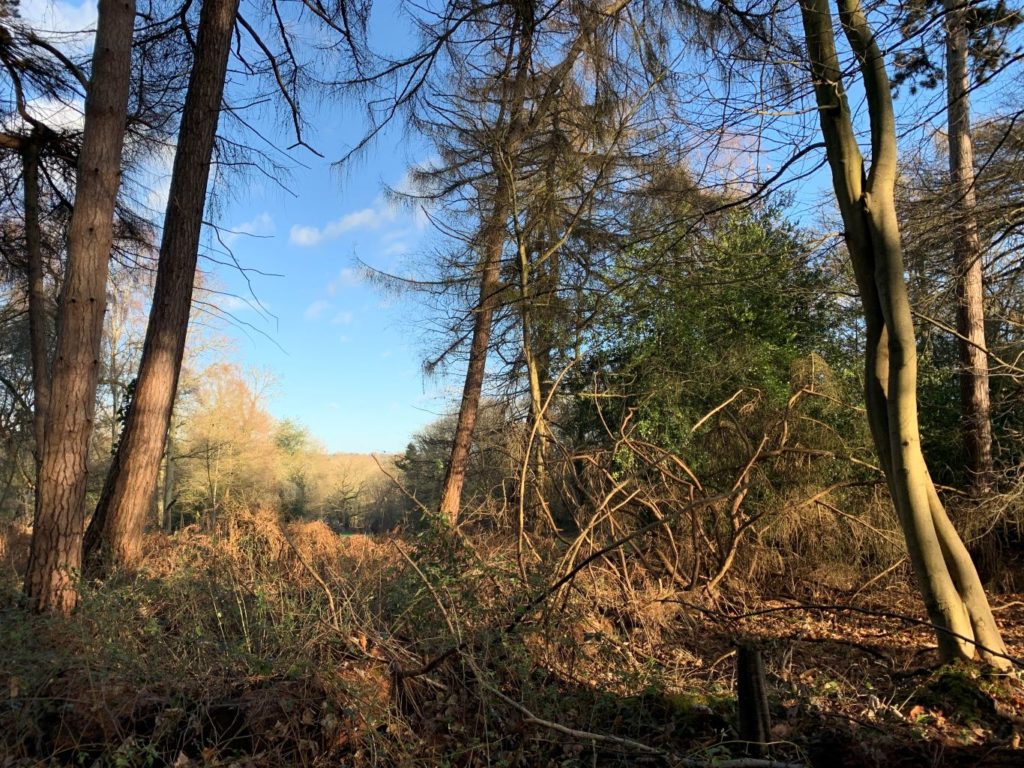
Seasonally bare trees line the path as we burrow into the forest. Then, without, warning hard rain sweeps in and we attempt to shelter under hornbeam pollards for which the forest is famous.
The rain lightens as we pass a series of gnarled beech trees, one of which teems with woodpecker holes, like it’s been shot by a thousand highwayman bullets. And then quite suddenly the sun pours through the skinny underwood. It’s beautiful.
We want to understand more of Epping Forest’s history and so head for one of its oldest look-outs, the Ambresbury Banks (it’s easy to find on GPS), a large 11-acre ditched enclosure built in 500 BC, originally entered via a causeway over the ditch and a passageway entrance.
Local legend once suggested it was the site of Boadicea’s death by the Romans in 61: although since disproved, it’s still other-worldly, despite the hum of traffic.
Highwaymen: a potted history
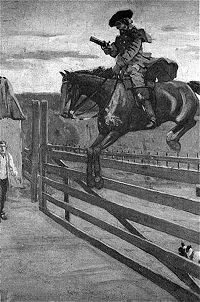 The word was first recorded in 1617, with the famous demand to “Stand and deliver!” in use shortly after. The mythology reached its height in Dick Turpin, born in Essex in 1705. With a hideout in Epping Forest, he engaged in burglary, highway robbery and even murder before being hanged at the age of 34, in 1739 (although he was actually convicted of being a horse-rustler). Chief place of execution? Tyburn, where it was popular for highwaymen to go laughing and joking, or doing a pre-death jig, like Sixteen String Jack, meaning they were often admired by many people. The last recorded robbery occurring during 1831.
The word was first recorded in 1617, with the famous demand to “Stand and deliver!” in use shortly after. The mythology reached its height in Dick Turpin, born in Essex in 1705. With a hideout in Epping Forest, he engaged in burglary, highway robbery and even murder before being hanged at the age of 34, in 1739 (although he was actually convicted of being a horse-rustler). Chief place of execution? Tyburn, where it was popular for highwaymen to go laughing and joking, or doing a pre-death jig, like Sixteen String Jack, meaning they were often admired by many people. The last recorded robbery occurring during 1831.
Emerging blinking into the winter sun we reach the Forest Gate Inn (see pic below), a characterful beamed pub with bare wood interior, books on shelves and a chatty community of owners with dogs. For the summer we spy a huge garden, plus there’s an adjoining fine dining restaurant, Hayward’s, next door (sadly closed on our visit) as well as accommodation at The Gate should you need a room for the night.
Eschewing another pint, we soldier on, passing Bell Common, under which lurks the M25 (the builders cut a long tunnel which they covered with a new cricket ground and pavilion.)
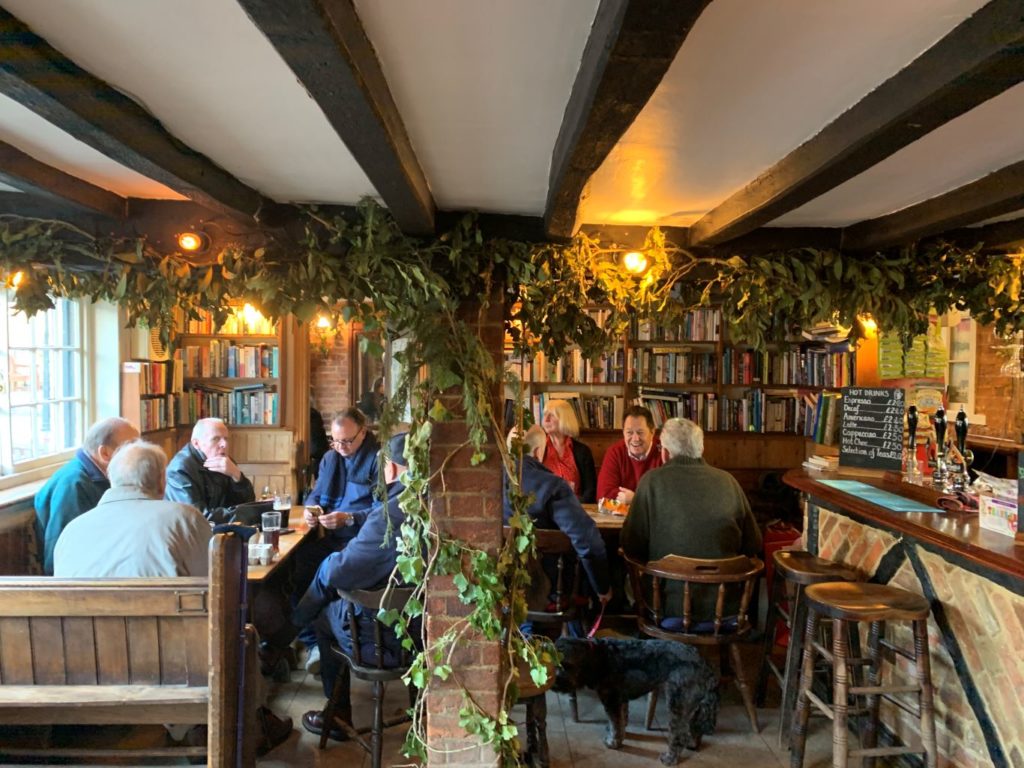
A march down the lengthy section of main road leads us to Epping’s dead-straight promenade, with its fragmented sections of Queen Anne and Georgian terraces, and endless 1930s suburbs beyond. Most notable is the fact that the town was once the last port of call for travellers before entering the forest, boasting a thirst-quenching 26 inns.
Most of them are now gone, of course, but the good news is there are still some fine drinking (and eating) options in the town, including the George & Dragon gastropub, where we enjoy a glass of red and rotisserie chicken, despite it being packed to the rafters.

Other recommendations? A few minutes’ walk away is the stylish Fred & Doug’s café (148 Epping High St) for friendly banter, strong espresso and enormous open club sandwiches heaving with avocado, chicken and bacon (above); for more artisan coffee, try cute indie Dada round the corner (Station Road).
In fact, from here it’s a swift amble downhill until the station appears. Epping is the last stop on the Central Line, and therefore the point where, on this occasion, we have to ride a few stops back to east London. A horse, à la Dick Turpin, would have been a much better look.
Love Essex? Read our features on Leigh-on-Sea, Harwich and Mersea Island.
Support us if you can
With the sad demise of our free monthly print titles across London last summer due to advertising revenues in freefall, we now need your support more than ever. Every contribution, however big or small, is invaluable in helping the costs of running the websites and the time invested in the research and writing of the articles published. Please support Weekendr here for less than the price of a coffee – and it only takes a minute. Thank you.
.

